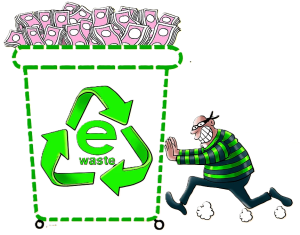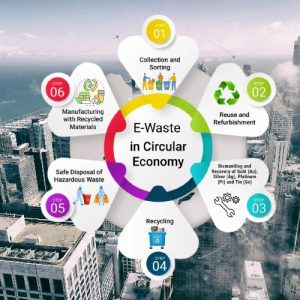

![]()
The world today is facing a great challenge. In the conditions of the growing global population and income, the demand for different products increases, but after a while the products become a waste. The growing demand for production requires more natural resources which are limited on the earth. Therefore waste recycling and re-use in the production process are of utmost importance.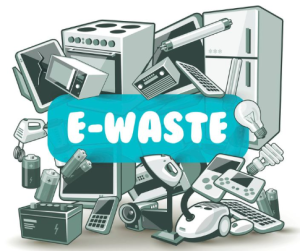
Indian government has recognized the need to address its growing e-waste challenge. While the city’s commitment to sustainability and environmental initiatives is commendable, e-waste management has only recently gained more attention. Currently, the India has implemented policies and guidelines to address e-waste through waste separation and collection efforts. Indian municipality, alongside private waste management companies, has initiated various programs to raise awareness and improve recycling rates

India generates more than Three million tonnes of E-Waste annually and also imports huge amounts of E-Waste from other countries around the world.
|
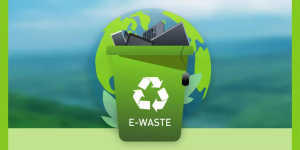
![]()
- As per the E-waste (Management) Rules, 2022, WEEE Producer, Importer, Brand Owner, Refurbhiser, Recycler. As per said rules, No entity shall carry out any business without registration under the said rules and obtain Extended Responsibility Authorization.
- Ministry of Environment, Forest and Climate Change rolled out the E-Waste (Management) Rules in 2016 to reduce e-waste production and increase recycling.
- Under these rules, the government introduced EPR (Extended Producer Responsibility), which makes producers liable to collect 30 per cent to 70 per cent (over seven years) of the e-waste they produce.
- The government should encourage the new entrepreneurs by providing the necessary financial support and technological guidance.
- Establishment of start-ups connected with e-waste recycling and disposal should be encouraged by giving special concessions.
| EPR Authorisation Documents list ↓
|
Sample Certificates ↓
|
Government E-waste Notificationes ↓E-waste Product Average life Guide Lines
|
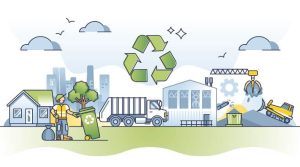 |
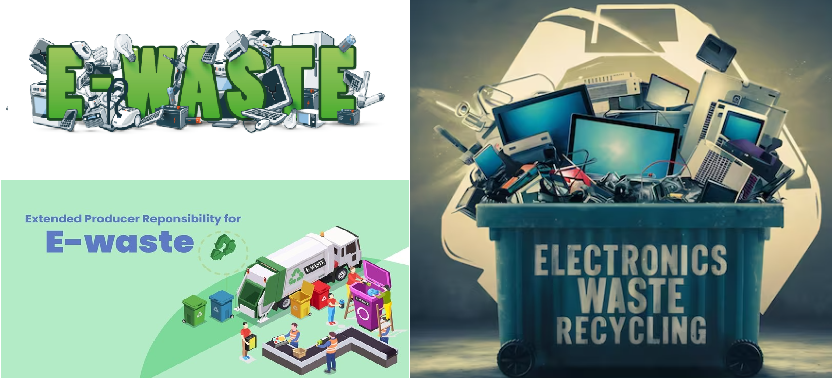 |
More Information About E-Waste Management In India
In the field of waste management, Extended Producer Responsibility (EPR) is a strategy to add all of the Environmental costs associated with a product throughout the product life cycle to the market price of that product. Extended producer responsibility legislation is a driving force behind the adoption of remanufacturing initiatives because it “focuses on the end-of-use treatment of consumer products and has the primary aim to increase the amount and degree of product recovery and to minimize the environmental impact of waste materials.
Separate collection targets have been introduced for new producers who have recently begun their sales operations. These would be producers whose sales operations are lesser than the average life of their product.
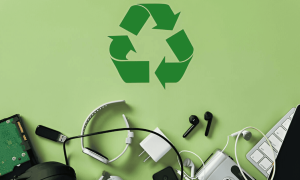 |
 |

